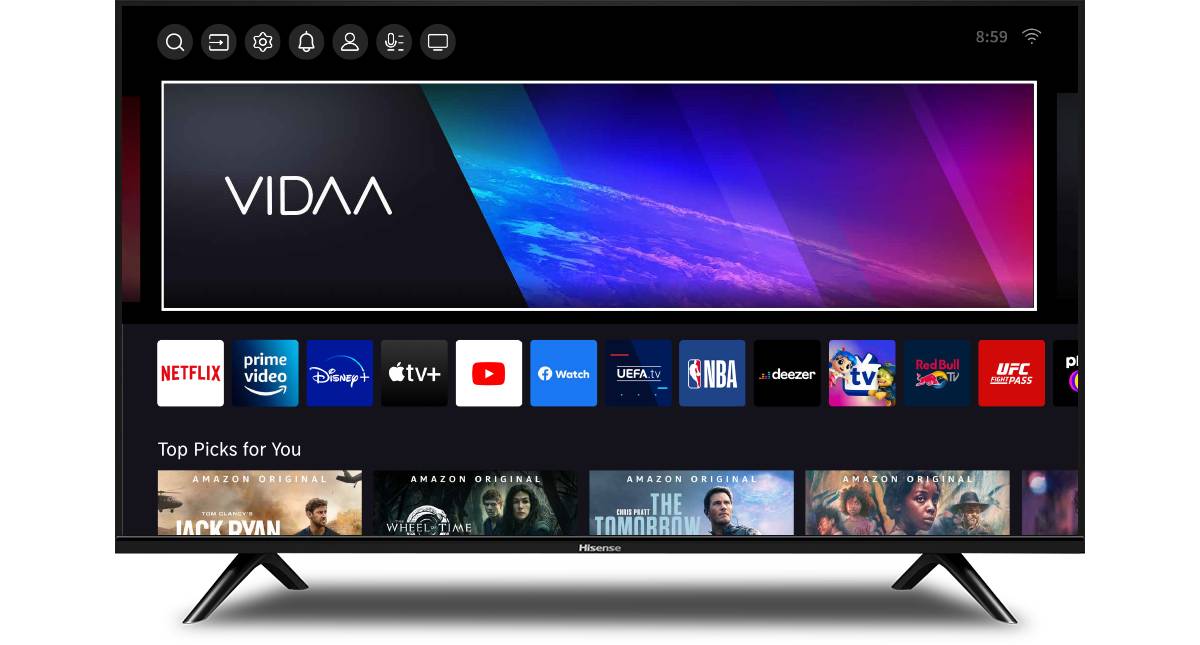As the world’s economic centre shifts towards Asia, the video advertising industry in Asia-Pacific is reaping the rewards. Here, James Zipeure, COO at Video and Entertainment Network Asia (VeNA), looks at the economic and technological factors he expects to drive the market forward in the coming years.
The last few years have been a fruitful time for online video across Asia-Pacific, where the video advertising market is now worth around $1.5 billion, with estimates of 19 per cent compound annual growth over the next four years.
This growth rate is set to intensify as companies like Samsung increase their investment in connected TV operations and content. Recent deals with content distribution channels like Blockbuster will allow the company to become a new media player as well as a hardware supplier.
Improved Infrastructure
Another key driver for growth will be the continued development of the industry’s infrastructure, as telcos decrease barriers to entry through cheaper prepaid services and new smartphones come to market with even faster download times. Add to that the increasing pressure from consumers for quality live content across multiple devices, and it quickly becomes evident that the stage is set for video to become a key digital battleground over the next 24 months across APAC.
Even when you put tech aside, a quick look at the region’s macroeconomic growth paints a rosy picture. The region has six of the world’s top ten largest nations by population, many of the world’s fastest growing economies, and the strong governmental support for all things digital is leading to strong consumer demand. While similar growth can be seen in markets outside APAC, it’s fair to say that the long-term outlook is exceptionally positive for Asia-Pacific.
Getting Brand Safety Right
As these markets mature, we’ll see a similar rise in questions from advertisers and agencies on two key issues: performance and brand safety.
And we will have to be able to answer these questions with confidence if we expect to see TV dollars move across to online video. Thankfully, technology is taking the guesswork out of the equation through real-time analytics and deep transparency across ads, content, viewers and performance.
On brand safety, a common criticism of online video is that occasionally ads drift into environments that are not appropriate to the brand. This issue has become more common with the growth of performance and on audience-based buying, and up until very recently the capability did not exist to fully control online campaigns and guarantee that no elements would be directed to inappropriate sites.
Monitoring Video Content as Well as Page Context However, new technology from companies like VideoHub now enable us to not only just scan a page’s text, but also the content, frame by frame, on any site. So a site can be electronically scrutinised for its suitability before the ad is served, giving advertisers confidence that we are not only serving ads against premium content; but are also going one step further to rigorously analyse all aspects of the ad’s surrounding environment.
With the contextual accuracy of our online campaigns now effectively ‘under new management’, we must turn our attention to the other critical metric—performance. Even with numerous methods of measuring online interaction, none of these are comparable with the data developed by commercial TV companies which, rightly or wrongly, have spent decades fine-tuning and marketing their leadership of the media stratosphere.
Greater emphasis must be placed on real-time analytics taking the guesswork out of the equation and fast-tracking the shift in buying patterns through real-time optimization and deep transparency across ads, content, viewers and performance.
GRP-style measurements are starting to gain traction and are a welcome development at least in terms of making the market more accessible to agencies and their clients. So at this point it’s still far too early to say the old ways are dead, but it is perhaps fair to say they are being remoulded into a structure more suited to multiscreen advertising.
The sense in Asia Pacific is that we as an industry have plenty to look forward to in the near future. However, it’s equally important that we don’t get too carried away with our own hype or become distracted by the technological wizardry. We’d do well to remember that – at least in financial terms -we’re the ones playing catch up here, not TV.




